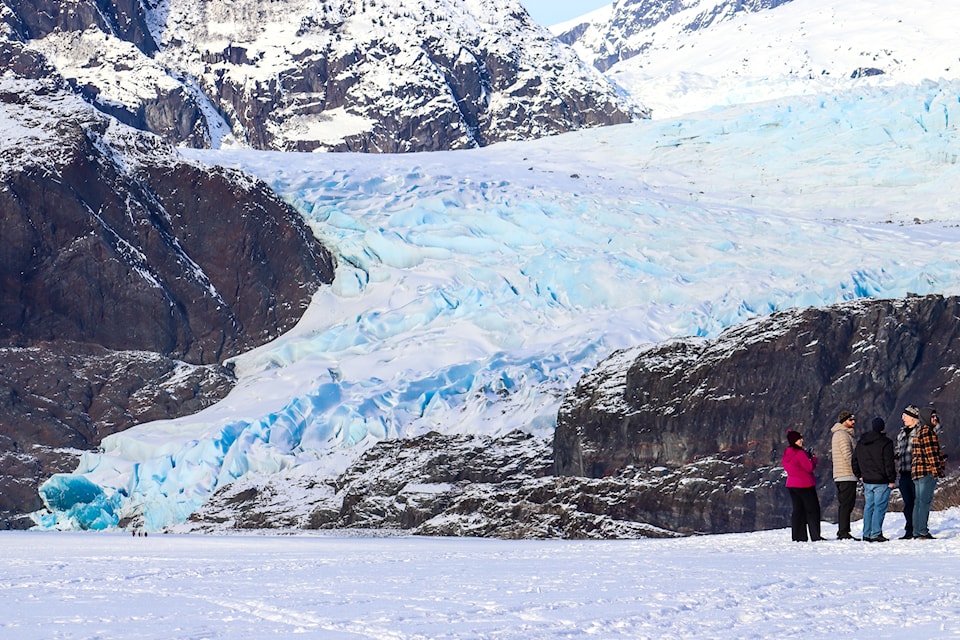A University of Victoria researcher is helping to provide a clearer picture of the erosion of the world's glaciers.
Published in Nature Geoscience, UVic geographer Sophie Norris and her international team published what they say is the most comprehensive view of how fast glaciers erode, and how they change landscapes – providing an estimated rate of future erosion for more than 180,000 glaciers worldwide.
Using a machine learning-based analysis, the team worked to predict glacial erosion for 85 per cent of modern glaciers. Their regression equations estimate that 99 per cent of glaciers erode between 0.02 and 2.68 millimetres per year – around the width of a credit card.
“The conditions that lead to erosion at the base of glaciers are more complicated than we previously understood,” said Norris in a news release. “Our analysis found that many variables strongly influence erosion rates: temperature, amount of water under the glacier, what kind of rocks are in the area, and how much heat comes from inside the Earth.”
Understanding these complex factors that cause erosion underneath glaciers is seen as vital information for landscape management, long-term nuclear waste storage and monitoring the movement of sediment and nutrients around the world.
“Given the extreme difficulty in measuring glacial erosion in active glacial settings, this study provides us with estimates of this process for remote locations worldwide,” noted collaborator John Gosse of Dalhousie University.
Norris started the work as a post-doctoral fellow at Dalhousie and concluded it at UVic. The team of collaborators included the University of Grenoble Alpes in France, along with Dartmouth College, Pennsylvania State University and the University of California Irvine in the U.S.



